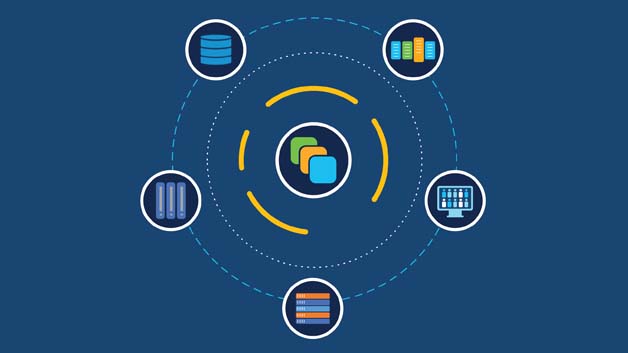Q&A
Why is modular computing needed?
Modern applications have dynamic resource requirements that require flexible infrastructure. There is also constant technological change that will deliver more performance and new capabilities. However, new technology needs to be absorbed in a way that is nondisruptive to customer environments.
How does modular computing work?
Modular computing is defined as sets of computing resources that are combined with software to become a server. The users allocate only the resources they need for a particular application.
For example, CPUs, GPUs, and NVMe drives can reside within a chassis and be interconnected with a high-speed, low-latency fabric. Using software, IT teams can attach one or more GPUs or drives to the CPUs, creating a server optimized for a specific application.
Each time an application is created, a set of computing services and resources is defined to support it. When the application has expired, the computing support expires as well, and resources become available for other apps.
In practice, modular computing requires the cooperation of OEMs (original equipment manufacturers). OEMs are currently adopting industry standards such as those from IEEE for modular computing in blade and rack servers, including:
- Fabric and bus technologies such as CXL (Compute Express Link)
- High-speed connectors such as silicon photonics
- Significantly higher maximum power limits
With current technology, the distance between the various modular computing items needs to be relatively close, usually within the same rack.
